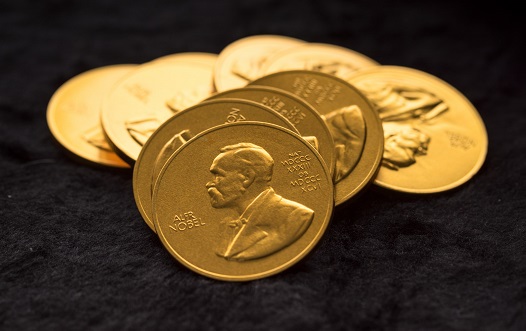A Nobel Prize in Medicine to Change the Fate of a Continent
 For the past 43 years, a lifesaving treatment for malaria, perfected by pharmacologist Tu YouYou, has received little recognition until winning the Nobel Prize in Physiology or Medicine on Monday, Oct. 5. This long-known remedy has already demonstrated its efficacy through its use in southern Asia; however, the issue still remains as a staggering 90 percent of deaths caused by malaria occur in sub-Saharan Africa.
For the past 43 years, a lifesaving treatment for malaria, perfected by pharmacologist Tu YouYou, has received little recognition until winning the Nobel Prize in Physiology or Medicine on Monday, Oct. 5. This long-known remedy has already demonstrated its efficacy through its use in southern Asia; however, the issue still remains as a staggering 90 percent of deaths caused by malaria occur in sub-Saharan Africa.
In 1967, Mao Zedong established a secret project dubbed “Project 523” in order to develop a cure for the widespread disease that disabled thousands of soldiers and civilians. Tu Youyou was selected to work on the cure after the group failed to create a synthetic medicine that proved effective.
Tu Youyou, then a student at the China Academy of Chinese Medical Sciences, began her search in 1969 for any herbal cure to the issue. She collected 2,000 possible remedies before cutting her list to 380 and testing her compounds on mice.
It wasn’t until 1972 that Tu Youyou successfully produced chemically pure artemisinin, which was then assessed by a group of scientists; despite their efforts, the artemisinin weakened as the chemists’ trials continued. After discovering a method in “Emergency Prescriptions to Keep Up One’s Sleeve,” an ancient text on Chinese medicine, Tu Youyou procured another solution that worked 100 percent of the time on primates and rodents.
Tu Youyou tested the medicine herself and human trials began; artemisinin treatments became the fastest-acting antimalarial medicine. Despite this, it wasn’t until 2011 that Tu Youyou’s discovery earned a Lasker prize as its first award.
Tu Youyou’s find has held promise for the eradication of malaria since its discovery, being rewarded with a Nobel Prize in Medicine on Oct. 5, 2015. New drug-resisting malaria vectors, however, have drastically altered the reception of antimalarial therapy across the world. A prominent example is that of sub-Saharan Africa.
The most recent number calculated by the WHO records that in 2013 there were an estimated 198 million cases of malaria worldwide. Malaria is the cause of about 450,000 deaths per year and 90 percent of these occur in sub-Saharan Africa, with 77 percent being children at the age of 5 and younger.
Despite the drug-resisting vectors, mortality rates have fallen 47 percent globally since 2000, with a drop of 54 percent in the WHO’s African region. The WHO also suggests halting production and marketing of artemisinin-based monotherapies until variations of the treatment are developed.
Although no specificity is provided on when other alternatives will be available, the WHO launched an emergency response in April 2013 with the hopes of containing and managing any known outbreaks, continuing today as the WHO emphasizes that “urgent actions now will deliver significant savings in the long run.” It has since received aid from the leaders of the East Asia Summit and the Global Fund to Fight AIDS, Tuberculosis and Malaria.
For now, we must enjoy “[the] gift for the world’s people from traditional Chinese medicine,” Youyou said after winning the Lasker prize in 2011.
– Emilio Rivera
